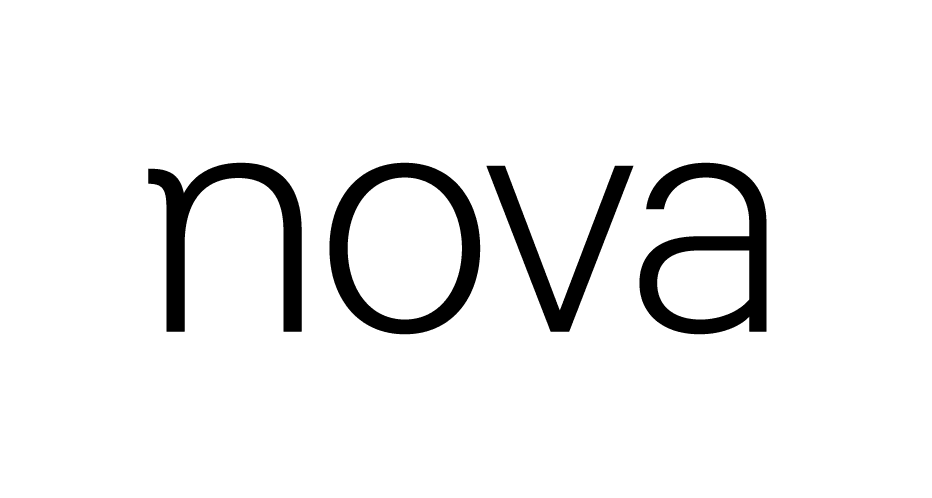For almost two and a half centuries, since the second half of the 17th century of the Christian Era, two opposing concepts have existed in western science, and in particular in the attempt to develop a theory of light: a corpuscular theory advanced by the Englishman Isaac Newton (Woolsthorpe-by-Colsterworth 1642 – London 1727), according to which matter, including the nature of light, is composed of corpuscles, little particles of energy that move; and a wave theory proposed by the Dutchman Christiaan Huygens (Den Haag 1629 -1695), less familiar to the layman, according to which everything is the result of the movement of electromagnetic waves. Throughout this period Huygens’ wave theory met with wider acclaim within the scientific community. Until the Frenchman Louis de Broglie (Dieppe 1892 – Louveciennes 1987), in his doctoral thesis of 1924, Recherches sur la théorie des Quanta, where quanta are seen as indivisible and discrete packets of energy, on the basis of the Quantum Theory initiated by Max Planck (Kiel 1858 - Göttingen 1947) at the turn of the century, and subsequently developed, among others, by Niels Bohr (København 1885 – 1962) and Werner Heisenberg (Würzburg 1901 – München 1976), asserted that light has both corpuscular and wave-like properties: a body having a quantity of movement p is associated with a wavelength λ. Quantum mechanics, on which Broglie based his analysis, interprets the wave/particle dualism by associating the corpuscular nature of matter with the nature of electromagnetic radiation. This implies the probabilistic nature of the physical phenomenon, where probability has a periodic character in space/time analogous to the phenomenon of waves. Albert Einstein (Ulm 1879 – Princeton NJ 1955) was against the probabilism of quantum theory and therefore against that dualistic vision of physical reality.
The work of Nim Kruasaeng (province of Sisaket 1974 – lives in Pattaya) has to do with corpuscles and waves: the corpuscles that find configuration, taking on form, from her drawing on the blank page, the inscription table without boundaries other than the material and insubstantial limits of its physical surface, be it paper or canvas; and waves, inner movements, between sense and spirit alike, without any opposition between them, which are the foundation, the impulse, the substance of the act of drawing.
Pier Luigi Tazzi
Capalle August / Nong Prue July 2017


